![图片[1]-FAA-Certified Aerial Photography Drone with Geofencing: Safe, Legal, and Effortless Sky Capture-msoen](https://www.msoen.com/wp-content/uploads/2025/05/b169b24e6d003429-1024x683.png)
Navigating the complexities of drone regulations while ensuring safe, compliant flights is critical for professionals and enthusiasts alike. A FAA-certified aerial photography drone with geofencing combines cutting-edge technology with strict regulatory compliance, offering peace of mind for operators. This article explores how FAA certification and geofencing redefine aerial photography, highlighting their benefits, features, and real-world applications—optimized for search engines to help creators find the perfect solution.
Why FAA Certification Matters for Aerial Photography
The Federal Aviation Administration (FAA) sets rigorous standards for drones operating in U.S. airspace. An FAA-certified drone ensures:
- Legal Compliance: Adheres to Part 107 regulations, avoiding fines or legal penalties.
- Insurance Coverage: Many insurers require certification for liability coverage.
- Airspace Access: Unlock restricted zones (e.g., airports, stadiums) with proper authorization.
For aerial photographers, this certification is non-negotiable—it guarantees your drone meets safety standards while expanding operational possibilities.
How Geofencing Enhances Safety and Control
Geofencing uses GPS and software to create virtual boundaries, preventing drones from entering restricted areas. Key advantages include:
- Automatic Flight Restrictions: Avoids no-fly zones (e.g., prisons, wildfires) and minimizes collision risks.
- Customizable Boundaries: Set limits around sensitive locations (e.g., residential areas, events).
- Reduced Pilot Error: Ideal for less-experienced operators, ensuring adherence to local laws.
This technology is indispensable for urban photography, infrastructure surveys, or events where airspace restrictions are common.
Key Features of FAA-Certified Geofencing Drones
- Seamless FAA Registration
- Pre-Configured Compliance: Includes a Unique Identification Number (UIN) for quick FAA registration.
- Remote ID Support: Transmits real-time flight data to authorities, meeting Part 107 requirements.
- Advanced Geofencing Software
- Real-Time Alerts: Notifies pilots when approaching restricted zones.
- Altitude and Distance Limits: Prevents overflight of private property or crowds.
- High-Performance Camera System
- 4K/60fps Video: Capture cinematic-quality footage for real estate, documentaries, or marketing.
- 12MP Still Photos: Crisp images for billboards, social media, or editorial content.
- Obstacle Avoidance
- Multi-Sensor Detection: LiDAR or ultrasonic sensors navigate obstacles autonomously, even in complex environments.
Applications for FAA-Certified Drones
- Real Estate and Urban Photography
- Property Showcases: Fly legally over residential or commercial properties for immersive tours.
- Cityscapes: Capture skylines, festivals, or architectural landmarks without violating airspace rules.
- Infrastructure Inspection
- Power Lines and Pipelines: Conduct safe, automated surveys in regulated zones.
- Agriculture: Monitor large farms while respecting geofenced boundaries around private land.
- Emergency Response
- Disaster Assessment: Deploy certified drones to map wildfire or flood damage in restricted zones with FAA approval.
How to Maximize FAA Certification and Geofencing
To leverage these features effectively:
- Register Your Drone: Complete FAA Form 8060-88 and pass the TRUST test.
- Update Flight Software: Ensure geofencing maps are current with FAA UAS Facility Maps.
- Use FAA Airspace Apps: Tools like B4UFLY provide real-time airspace updates.
The Future of FAA-Certified Drones
Emerging trends include AI-driven predictive geofencing (e.g., avoiding temporary flight restrictions during emergencies) and integration with FAA’s LAANC system for instant airspace authorization. These advancements will streamline compliance for urban and remote operations alike.
Conclusion
An FAA-certified aerial photography drone with geofencing is essential for safe, legal, and creative operations. By combining regulatory compliance, intelligent boundaries, and high-performance imaging, these drones empower professionals to focus on storytelling while avoiding costly violations. Whether capturing urban skylines or rural landscapes, FAA-certified technology ensures your creativity aligns with airspace safety.
FAQs
- How long does FAA certification take?
Registration is instant online, but a Remote Pilot Certificate requires passing the TRUST test. - Can geofencing be disabled?
Yes, but operating outside geofenced areas may violate FAA regulations. - Are FAA-certified drones compatible with third-party apps?
Most support APIs for mission-planning tools, but verify FAA-compliant integrations.


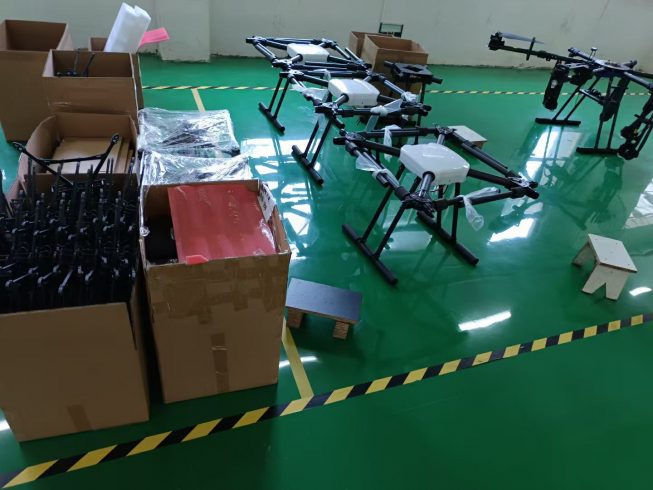
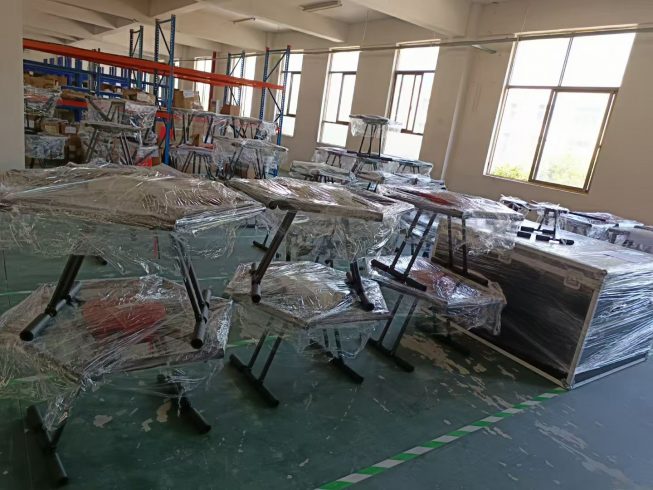

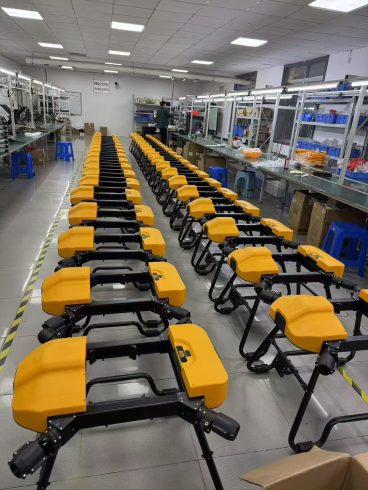
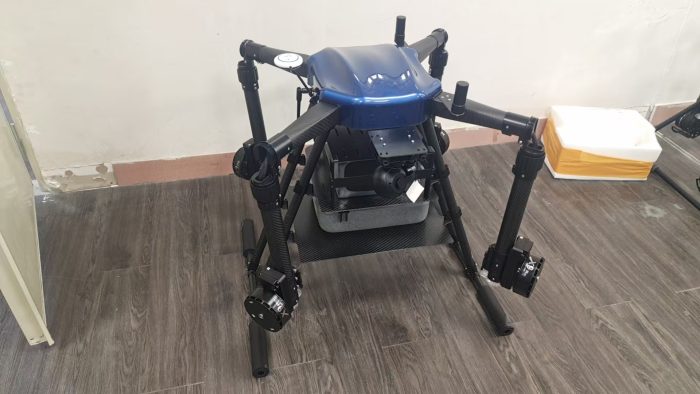

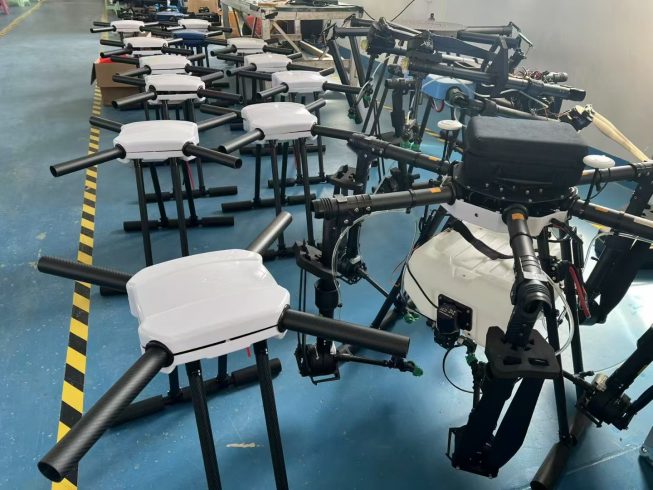
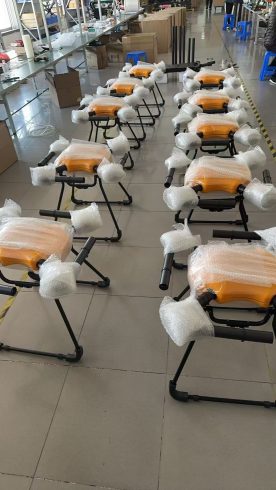
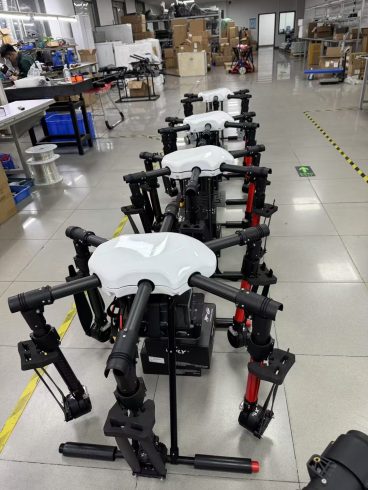

暂无评论内容